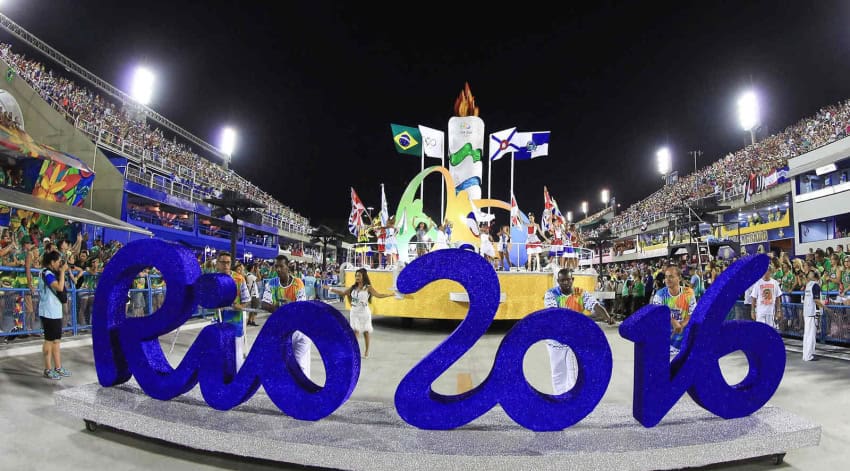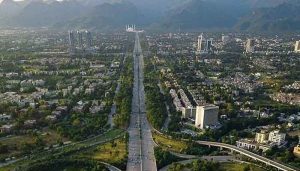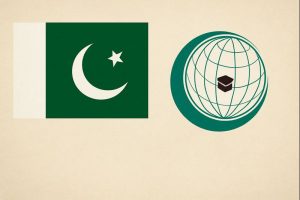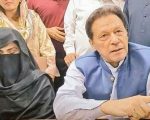Athletes have started reaching Rio for the upcoming Olympic Games. While most countries have sent well trained athletes to bring glory to their country at a global stage, the numbers from Pakistan are a cause for great concern. Our increasingly ceremonious sports board has sent a 24 member contingent out of which only 7 are athletes and the rest are ‘officials’.
To avoid misinterpretation, it is essential to point out that even these 7 athletes have not actually qualified in any discipline on merit. They have been selected purely on a continental quota system to ensure diversity. Such a dismal turn out is outrageous when nearly PKR 900 Million was spent on sports and recreation activity in Punjab alone in the Provicial Budget 2015-2016. We may ask, how have these funds been appropriated and what has led to the demise of sports and athletics in Pakistan?

The handling of athletes by Pakistan’s governing body, the Pakistan Sports Board, can be largely attributed to the country’s depleting sporting activity. The board has undergone many hurdles since its inception in 1962. While it was originally governed as a body of the Ministry of Education, the board was later transferred to the Ministry of Culture, Sports and Tourism in 1977. Change in governing bodies led to little improvement in the board’s performance, hence subsequently the transfer to the Ministry of Inter Provincial Co-ordination in 2011 hardly resulted in a more directed approach.
So what was really envisioned when this government body was established? The following is an extract from the ordinance which created the Pakistan Sports Board.

In layman terms, our sports board was directed to provide Pakistanis facilities at par with international levels. However, over the years, we have seen our current facilities depreciating and hardly any new ones being introduced. While in developed countries we see that all public schools are accompanied with a standard minimum of sporting facilities in order to give students the opportunity to participate freely. Such facilities include an Olympic size track and field area and individual grounds for other sports e.g Basketball Court, Football Ground etc. While here in Pakistan, we hardly see any facilities that correspond with internationally accepted dimensions. Pakistan’s megalopolises have only a handful of tracks which adhere to Olympic regulation. While it may be unfair to compare with well established sporting dynasties, Pakistan may look to China to bring about a turn of events to its sporting culture.
China saw a major turn in its sport arena with the commercialization of Football in 1992. Commercialization of sports leads to increased interest by the masses as involvement in sports becomes monetarily lucrative. Since then China has taken to the business of sport with a coordinated approach to breaking down industrial and policy barriers, such as complex administrative approval procedures, to support the sector’s growth. They aid this by keeping a close estimate of average area of sports facilities per person, with a goal to raise it to 2.0 from 1.2 square meters per person in 2010.
Pakistan needs to follow regional examples if it wishes to stop wasting talent. It is now readily accepted that sports people are not treated well in this country. This thinking must be exterminated and only tangible changes in the sporting atmosphere will transform this approach. The introduction of the Pakistan Super League was a step in the right direction but one that needs to be taken with other sports as well. Sports can possibly bring about a change in Pakistan’s global perception, one which is much needed as the country stands plagued by negativity associated with terrorism.














